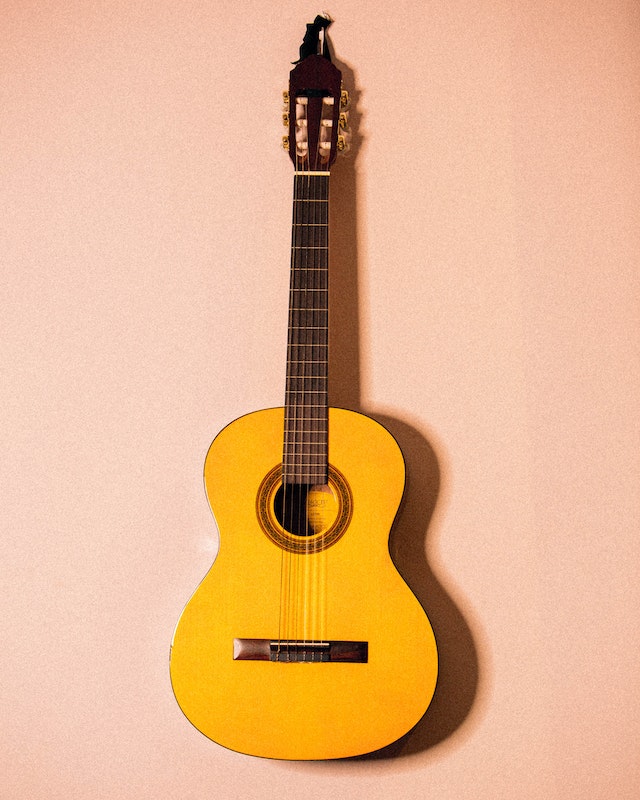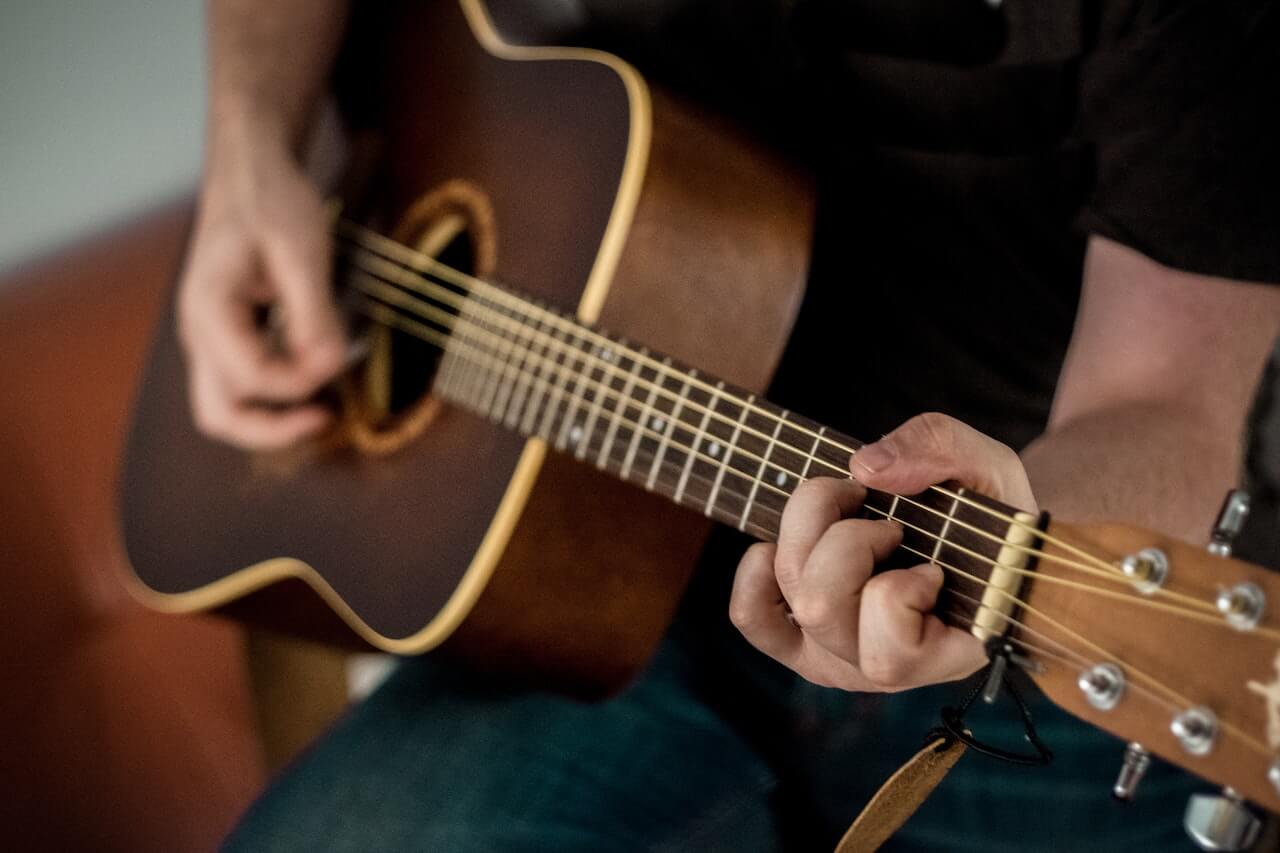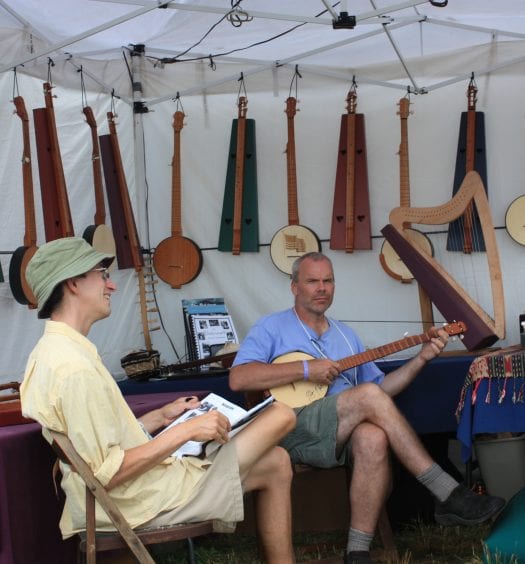The dulcimer and the guitar are both popular stringed musical instruments. However, they have distinct characteristics in terms of construction, playing technique, and musical styles. In this article, we’ll take a quick look at the dulcimer vs guitar and their key differences.
Construction
When comparing the dulcimer vs guitar, let’s first start off with their construction.
The dulcimer typically consists of a trapezoidal or hourglass-shaped soundboard made of wood. It has multiple strings that are often arranged in courses or pairs. The strings can be struck with small hammers or mallets in the case of the hammered dulcimer, or they can be plucked or strummed with the fingers or a pick in other dulcimer variations.
The guitar has a classic design with a wooden body, a soundboard known as the top, and a neck with frets. It usually has six strings, although there are variations with seven or twelve strings. The strings are plucked or strummed with the fingers or a pick, and the sound is amplified by the guitar’s hollow body or with the help of electric pickups in electric guitars.

Playing Technique
When in comes to the dulcimer vs guitar, there are many notable differences in terms of playing technique.
Playing the dulcimer involves striking or plucking the strings to produce sound. In the hammered dulcimer, the player uses small hammers or mallets to strike the strings, allowing for melodic and rhythmic playing.
In other dulcimer variations, such as the mountain dulcimer, the strings are plucked or strummed with the fingers or a pick, enabling both melody and accompaniment.
Playing the guitar involves plucking or strumming the strings with the fingers or a pick. The guitar offers a wide range of playing techniques, including fingerpicking, strumming, bending notes, and playing chords and solos. The guitar’s fretted neck allows for precise intonation and various musical effects, making it a versatile instrument.
Learn More >> Dulcimer vs. Mandolin
Musical Styles and Repertoire
In terms of musical style and repertoire, there are distinct differences when comparing the dulcimer vs guitar.
The dulcimer is commonly associated with folk and traditional music, particularly in the Appalachian region of the United States. It has a unique sound that lends itself well to playing traditional tunes and creating a melodic and rhythmic foundation. The dulcimer has also been adapted to contemporary genres, including folk-rock and world music.
The guitar has a vast repertoire and is used in various musical styles. It is prominent in genres such as rock, pop, blues, jazz, country, and classical music. The guitar’s versatility makes it suitable for both accompaniment and lead playing, allowing for complex melodies, chords, and solos.
Tuning
When comparing the dulcimer vs guitar, there are also distinct differences in terms of tuning.
The dulcimer often uses specific tunings based on the particular variation being played. For example, the mountain dulcimer is typically tuned to D-A-D or D-A-A, while the hammered dulcimer can have different tunings depending on the desired key or scale. These tunings contribute to the unique sound and characteristic drone effect of the dulcimer.
The guitar has standard tuning, known as E-A-D-G-B-E, starting from the lowest string. However, the guitar allows for various alternate tunings, where the strings are tuned differently to create different chord voicings or tonal possibilities. Alternate tunings in the guitar can be used to explore different musical styles and achieve specific sounds.
Summary
In summary, while both the dulcimer and the guitar are stringed instruments, they differ in terms of construction, playing technique, and musical styles.
The dulcimer’s characteristic shapes and hammering or plucking techniques contribute to its unique sound and suitability for folk and traditional music. The guitar’s classic design, versatility, and diverse repertoire make it suitable for a wide range of genres, including rock, pop, blues, and classical music.




